Evaluating What it Means to Be an HR Professional
In the current competitive business environment, companies have realized that the only way through which they can achieve a competitive edge in the market is to have a team of highly effective human resources. According to Wilton (2016), the level of innovativeness of a firm depends on the nature of its workforce. A firm that has a pool of highly talented, educated, and experienced employees tends to be more innovative than those with workers of low quality are.
In this paper, it is important to start by evaluating what it means to be an effective human resource professional based on the criteria set by the Continuing Professional Development (CIPD)’s the most current professional map.
This model identifies specific qualities that an effective human resource should have within the organization and then classifies them into four bands, as shown in figure 1 below. One of the most important traits of an effective HR is the need to be curious. As Wilkinson and Johnstone (2017) observe, a curious employee would want to know why a given phenomenon happens in a given way and how it can be changed.
Such individuals tend to be innovative because they are in the continuous learning process. Another factor is that they have to be decisive thinkers. Sometimes they may be expected to make critical decisions that may influence the overall performance of the organization. An effective HR professional should be capable of making critical decisions within a short period. According to Budhwar and Mellahi (2016), one is also expected to be a role model. The employee should be capable of influencing others positively and in a way that can make them think creatively. An effective HR professional should be a skilled influencer.
Sometimes it may be necessary to convince stakeholders to take a given path in addressing a given task. One is required to have the capacity to convince others to embrace a given idea. Being courageous to face a challenge is another trait. As Cunningham (2016) explains, it is normal for employees and a firm to face challenges.
An effective HR professional should not fear facing and overcoming challenges that may arise. Such a worker should also be driven to deliver. They are expected to have the desire to ensure that their organizations can realize specific objectives using the resources available. These employees should be personally credible. They are expected to be role models within their firms. As such, they need to ensure that their values are not compromised in a way that would affect the trust and admiration that they have earned. The map also emphasizes the need to be collaborative. An effective HR should know how to work effectively with others from diverse backgrounds.
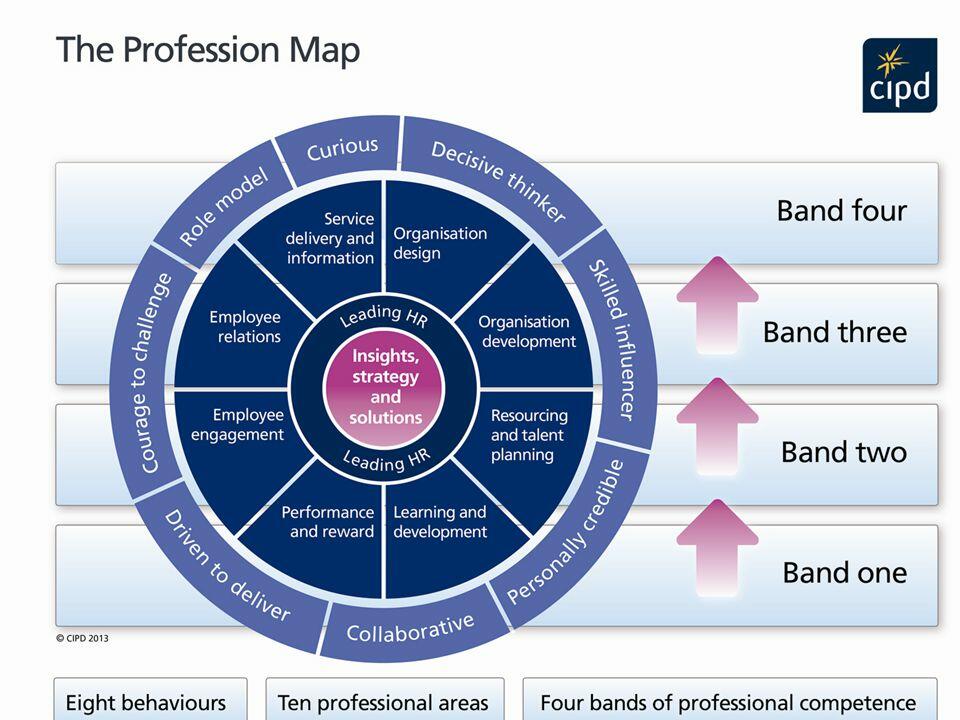
The map also identifies other factors that an effective HR professional should not ignore as they seek to achieve personal and professional growth. These factors include service delivery and information, organizational design, employee relations, and organizational development. Other factors include resource and talent planning, employee engagement, performance and reward, and learning and development. As one becomes a leader within an organization, they are expected to take into consideration these factors to ensure that they transform their workforce.
According to Machado (2015), an effective HR professional should focus on empowering others to become effective as well. When one becomes an HR leader, they are expected to be insightful and capable of developing strategies that can help in overcoming challenges that affect an organization. Finding a solution is as important as the process that is employed to address it (Hearle, Lawson & Morris 2016). Table 1 below summarizes a range of knowledge, activities, and behaviors from two selected professional areas at Band 1 and 2.
Table 1. Areas of professional development.
Elements of Group Dynamics and Conflict Resolution Methods
An effective HR professional should understand and appreciate the importance of working as a team. According to Machado (2015), the ability of a firm to achieve success in its operations depends on the capacity of its employees to work as a unit towards achieving specific goals in the market. As such, such a professional must know the elements of group dynamics. According to Budhwar and Mellahi (2016), group dynamics are processes and characteristics that define how a given team functions. Table 1 below provides a list of these important elements.
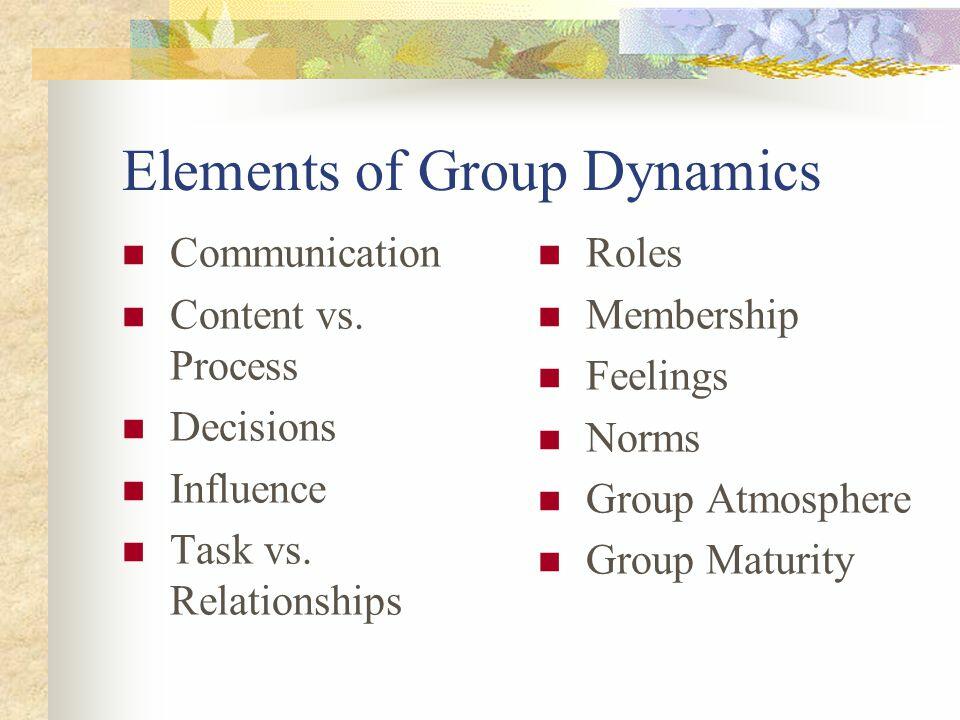
One of the most important elements of group dynamics is membership. A team can only be constituted if two or more people feel that they are entitled to be part of it and are committed to working as a unit to achieve common goals. As shown in the table above, one of the most important elements of group dynamics is communication. Different stakeholders should understand the significance of sharing critical data that would inform the actions of the employees.
As Machado (2015) explains, it is necessary to create systems and structures that can facilitate effective communication within an organization. It is also important to define the roles of different individuals within an organization. Defining roles makes it possible for different individuals to understand what is expected of them at a specific period.
It eliminates cases where some tasks are not undertaken or the possibility of two or more people duplicating the same assignment because they did not have proper guidance. Context versus process is another factor that an effective HR professional should not ignore. The process of undertaking every activity should reflect the context under which the issue arose.
The table above identifies decisions as an important element of group dynamics. Cases, where different people have divergent ideas to address a given problem, may be common. However, the leader is expected to have the capacity to make decisions based on the best interest of all the stakeholders involved. An effective HR professional is expected to have the capacity to influence others to take a specific path, especially when addressing an issue that causes divergent opinions.
The feelings of employees should not be disregarded within a group. A leader should strive to find solutions to challenges that employees go through to ensure that they remain productive. It is equally important to have organizational norms that guide the actions of workers when undertaking a specific task. Having a group atmosphere means creating an environment where people can share their divergent opinion, embrace dialogue, and be capable of arriving at a solution that is acceptable to everyone.
Such factors also define group maturity (Hearle, Lawson & Morris 2016). Task versus relationship is another element of group dynamics. As the leader focuses on ensuring that specific tasks are accomplished, they should not compromise the positive relationship among employees. They should avoid actions that may make a section of the group feel less valued. The researcher considered Tuckman’s linear model of group development shown in figure 2 below as being appropriate in achieving the set goals.
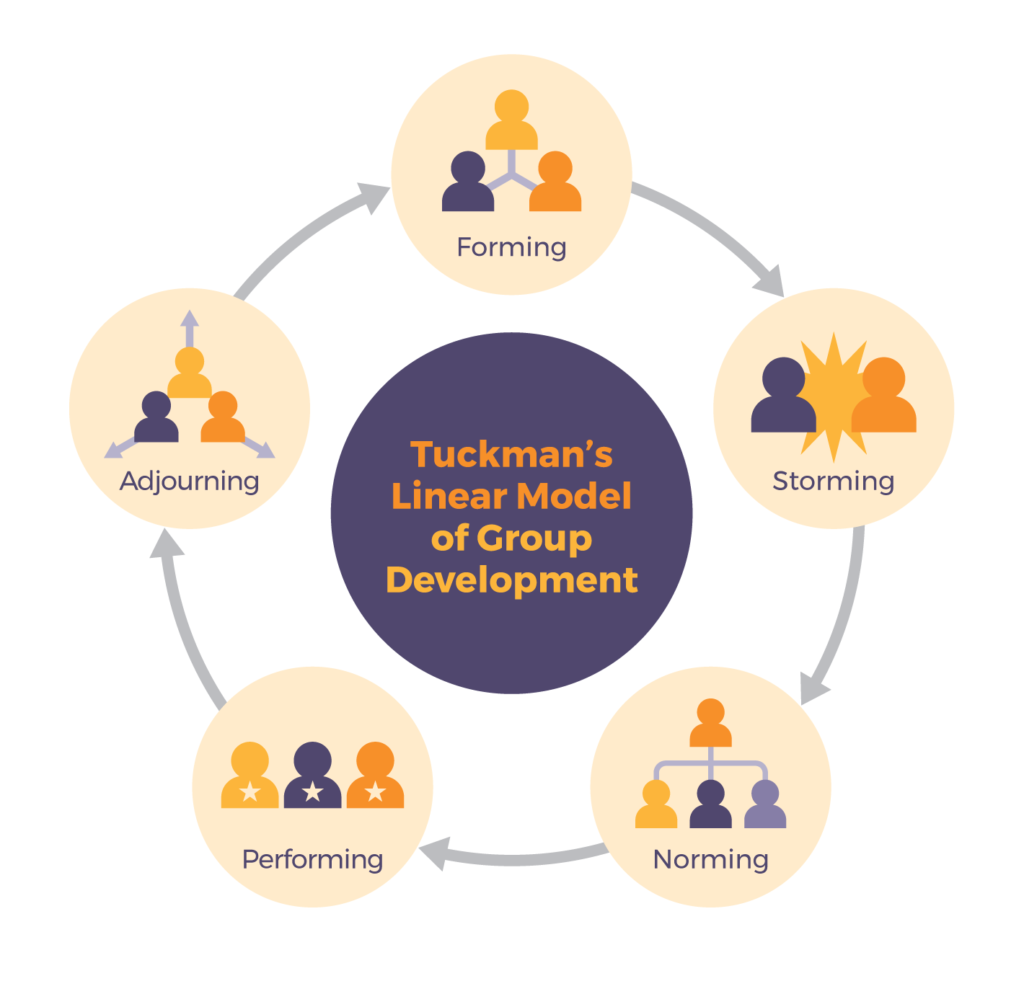
The theory identifies five stages that can be used in team development. The first step is to form the team. The second stage is to deal with a storm that will arise as people struggle to cope with the issue of working in a new team. The third step is norming, where they get to embrace the new environment. The third stage is performing as the team members are expected to focus on the goals of the team after the initial stages of orientation. The last stage is to adjourn after completing the objectives of the team.
This theory can be applied to create and develop teams responsible for addressing short-term goals within an organization such as promoting a new product in the market
Dialogue and arbitration are some of the common methods of conflict resolution within an organization. Dialogue can be used to address minor disagreements among employees (Machado 2015). When using this model, two or more parties having a conflict will be expected to discuss the issue that is causing an agreement and reach a settlement that is acceptable to everyone.
Each party will be expected to make concessions to ensure that the conflict is solved. When dialogue fails, arbitration may be necessary. In this case, a neutral party will be invited to guide the parties in conflict to find a solution. The arbiter is expected to help the involved individuals find the best way of addressing the issue in a win-win approach.
Project Management
Organizations have learned the significance of undertaking activities as projects to help in the planning process. When tasks are undertaken in terms of projects, it becomes possible to estimate the time within which they should be completed, resources needed, and human resources that should be involved. It becomes easy to estimate the cost and the outcome of the project. In this section, my focus is to discuss the project management and problem-solving techniques that a firm should embrace.
Applying Project Management Techniques
When undertaking a given project, Machado (2015) explains that the management can take various approaches based on various factors within the firm. I applied two project management techniques to achieve HR professional goals. The two techniques are the scrum and agile models. The scrum model was applied to help create functional teams.
The model helped my team to promote specific values such as commitment, focus, respect, courage, and openness when undertaking various activities. The agile model also helped me in putting together a successful team, identifying steps that I should take in the process of developing the team. During the planning stage, objectives are set and activities that should help in achieving them, including all the relevant resources, should be outlined.
Budhwar and Mellahi (2016) believe that when using this technique, the planning stage is critical because it defines all the activities and resources needed to achieve a given goal, besides defining how the goal will be realized. The next step is to do the project. All the set activities will be conducted based on the plan that had been developed. The third stage is to receive feedback. Figure 3 below summarizes the activities involved.
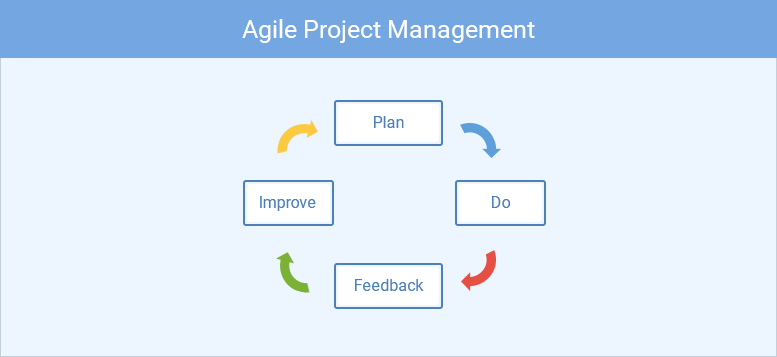
Applying Problem Solving Techniques
A successful team must be ready to address challenges that may arise when undertaking specific activities. Machado (2015) observes that a leader within an organization can take different approaches to solve problems that may arise. One of the most effective techniques is the structured problem-solving model shown in figure 4 below. I applied this technique to solve the lack of cohesiveness among colleagues in my organization. The model identifies three stages of solving the problem.
The first stage, which they define as literal, is when the management realizes that there is a problem. I noticed that the problem was a lack of cohesion. As soon as I detected the problem, the next step was to conduct a diagnosis. My team will focus on determining causes and the impact of lack of cohesion on the overall performance of the firm.
We realized that diversity was the main reason for the lack of cohesiveness. We then proceed to the third stage of research. After understanding the problem, we then research the best way of solving it. Through research, I concluded that the best way of solving this problem would be to promote team-building retreats to encourage the interaction of employees. At each of these stages of solving the problem, my group will be developing a knowledge base that can be used for future reference or in solving similar problems in case they may arise.
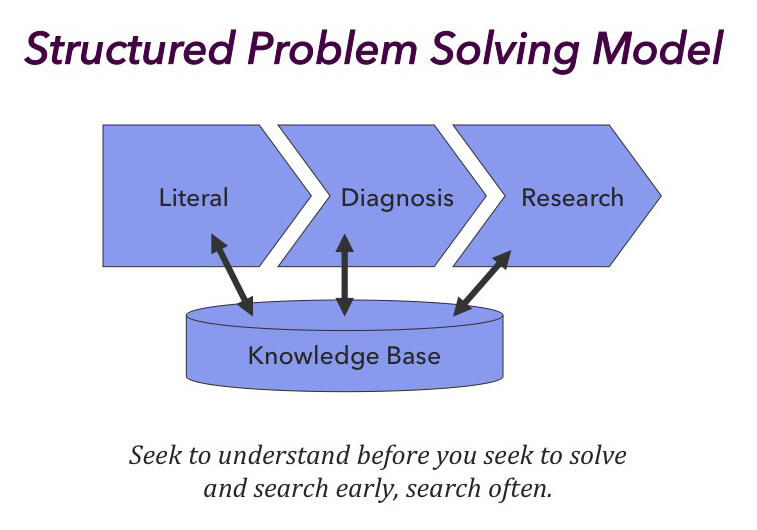
Applying a Range of Methods for Influencing and Negotiating With Others
Influencing, persuading, and negotiating are important practices when working as a team. I have used each of them during this project to achieve specific goals. According to Wilkinson and Johnstone (2017), one of the best ways of influencing others is to promote consultative forums. I was able to create a system where all stakeholders could share their views on how to undertake a given project. My team realized the importance of social networking sites such as Facebook and WhatsApp that can facilitate such discussions.
It was not easy to have all employees meet in a physical location regularly, especially on normal working weeks when they have to meet tight schedules. As such, I created a Facebook page and a WhatsApp group to make it possible for my team to discuss these issues even when they are at home. Using these platforms, I was able to influence others by explaining why specific decisions should be taken to achieve given goals. According to Machado (2015), it is advisable to embrace negotiation instead of forcing employees to embrace a given policy, especially on controversial issues.
Whenever I encountered challenges with a section of employees, I embraced negotiation as a way of convincing them to embrace a given policy. Persuasion was another technique that I had to use to achieve the set goals. When my colleagues did not agree with my views on specific issues, I had to persuade them, based on facts, as two why they needed to reconsider their position.
It was important to use models of persuasion to ensure that everyone understands specific concepts during the process of implementing different activities in the project. RADPAC and Cialdini’s 6 principles of influence were considered necessary.
RADPAC Approach of Negotiation
The model has gained massive popularity in corporate negotiations where it is important to embrace a win-win approach to business engagements. It focuses on creating an environment where both parties in a negotiation feel comfortable and willing to embrace the ideas of other parties (King 2019). It emphasizes the creation of rapport, the need for analysis, the significance of a debate, the process of reaching an agreement, and the closure of the negotiation when both parties feel satisfied.
It is necessary to discuss how I used elements in this model to promote cohesion and focus among members of my team. Rapport refers to the relationship between or among parties involved in the negotiation process (Johnstone 2017). The parties should feel comfortable with each other. There should be a sense of trust and commitment among individuals who are trying to find a common ground over a divisive issue. According to King (2019), the creation of rapport helps in promoting respect and trust. Members get to appreciate the fact that there is goodwill among the negotiating teams to have a mutually beneficial outcome.
In my team, I have been keen to create a rapport that helps me in winning over my employees during negotiations. I have always valued sincerity whenever I engage with my team members. The employees know that I will always keep my promise and that I will always represent them effectively when engaging with senior managers at the company. It has helped create a sense of trust within my team.
The analysis is another important factor that should be considered when using this model. As Machado (2015) observes, before the teams can start negotiations, they should focus on explaining their view to help the other party to understand their points of view. In my team, I always encourage those with divergent opinions to provide a detailed explanation of what they feel should be done. Similarly, I also take time to explain to them my approach and why I feel it should be embraced.
Debate is the most important part of the negotiation where both parties are expected to discuss the various options presented and choose a common path that has to be embraced by everyone. I always encourage my employees to remain open-minded during a debate and willing to remain flexible enough to embrace new ideas. After debate, my team members are often advised to propose the best solution based on what has been discussed.
The next stage is referred to as agreement where parties have explored various ideas can agree on a specific way of addressing an issue. The agreement should be based on the outcome of a consultative and non-coercive debate. The last step is to close the negotiation process. The assumption at this stage is that both parties are satisfied with the proposal (King 2019). I always ensure that everyone is satisfied at this point of negotiation. Embracing a win-win approach has proven to be effective in promoting cohesion at work.
Cialdini’s 6 Principles of Influence
The model outlines six principles that one should consider to influence others and win debates. One of the main principles is reciprocity, which was relevant in managing my employees. As Cialdini (2016) put it, one should consider giving something to others when expecting the same. It is anchored on the spirit of having a mutually beneficial relationship. Commitment is another principle. Once one commits to something, they should remain consistent at all times.
I have always been keen on ensuring that I uphold my principles even when faced with challenges at work. Social proof is the third principle under this model. It involves embracing a positive culture within an organization. In my team, I often base my arguments on practices that have proven successful at the company. The model emphasizes the need for an individual to have a sense of authority to win debates. The authority may be based on one’s position within the company, their level of knowledge, or experience.
I often blend my position in the company with my knowledge and experience to have the authority to convince others in debates. Liking is the fifth principle in this model, and it holds that one who is liked can easily persuade others in a team (Machado 2015).
I always try to win over my colleagues by meeting their expectations as their leader. Scarcity is the last principle in this model. Cialdini (2016) holds that people tend to prefer something short in supply. They get more committed when they know that achieving the goals set would have desirable results. When persuading my team members, I always try to convince them that the proposed idea is more valuable than the many alternatives that exist.
Self-Assessment
Employee satisfaction is one of the main areas of HR practice that is very important in defining the productivity of the workforce. Wilkinson and Johnstone (2017) argue that the ability of workers to perform at their optimal is influenced significantly by their level of satisfaction. In this self-assessment activity, my focus is to determine my capacity to ensure that junior officers remain satisfied within a team I am trusted to lead.
Conducting a Self-Assessment on One Area of HR Practice
Employee satisfaction is one of the areas of HR practice that involves ensuring that employees feel contented and respected within the organization. Table 2 below identifies strengths, weaknesses, opportunities, and threats to my ability to have a team of highly satisfied workforce. As Machado (2015) suggests, one should often use personal strengths to overcome weaknesses and at the same time take advantage of the existing opportunities while managing threats that may arise.
Table 2. SWOT Analysis.
Professional Development Plan
It is necessary to have a professional development plan (PDP) that identifies goals I intend to achieve within a specific period. The plan helps to ensure that I move from my current capabilities to higher capabilities as an effective HR professional. Table 3 in the appendix identifies the plan that I have towards becoming a better professional who can address various human resource challenges that may arise based on five objectives.
Reference List
Budhwar, PS & Mellahi, K 2016, Handbook of human resource management in the Middle East, Edward Elgar Publishers, Northampton, MA.
Cialdini, R 2016, Pre-suasion: a revolutionary way to influence and persuade, Simon & Schuster, New York, NY.
Cunningham, JB 2016, Strategic human resource management in the public arena: a managerial perspective, Palgrave Macmillan, Basingstoke.
Hearle, D, Lawson, S & Morris, R 2016, A strategic guide to continuing professional development for health and care professionals: the TRAMM model, M & K Publishing, Keswick.
King, P 2019, Persuasion tactics (without manipulation): covert psychology strategies to influence, persuade, & get your way, PublishDrive, London.
Machado, C 2015, International human resources management: challenges and changes, Springer, Cham.
Wilkinson, A & Johnstone, S 2017, Encyclopedia of human resource management, Edward Elgar Publishing, Cheltenham.
Wilton, N 2016, An introduction to human resource management, Sage, New York, NY.